| বাংলায় পড়ুন | Researchers and Reporters: Tanjil Fuad Isfaqul Kabir |
A modest group served as the launchpad for today’s Bishwo Shahitto Kendro. In 1978, a group in the tiny auditorium of the Education Extension Center, located behind Dhaka College, marked the beginning of that adventure. It had just 25 members at first. After that, each week, readers read a particular book, and there was a discussion regarding that book the next week. To start Bishwo Shahitto Kendro, its creator, Abdullah Abu Saeed, quit his position.
With Bishwo Shahitto Kendro, “The Prince” was the first book read. Among those who saw the Prince in the book “The Prince” was that group. The members raised eight annas to cover the cost of regular book reading. Abu Sayed initiated the initiative at Bishwo Shahitto Kendro after obtaining the remaining funds. The class of 25 members proceeded in this manner for five years. After witnessing the success of the organization in just five years, this former Dhaka College instructor wants to take this approach nationwide. Former Finance Minister Abul Mal Abdul Muhith gave roughly 5 lakh Taka at that time. Bishwo Shahitto Kendro then rented a home on Indira Road to begin operations.
Government funds and interested students were the main sources of funding for its work at the time. A later donation to the institute was an abandoned house in Banglamotor, Dhaka. The location of a library. Both the group discussions and the library’s book readings took place.
Establishing Bishwo Shahitto Kendro had two primary goals:
- To educate young people on the best and most beautiful literature appropriate for their mental age to add emotive beauty and high values to their lives.
- To bring them up with culturally healthy activities in addition to reading.
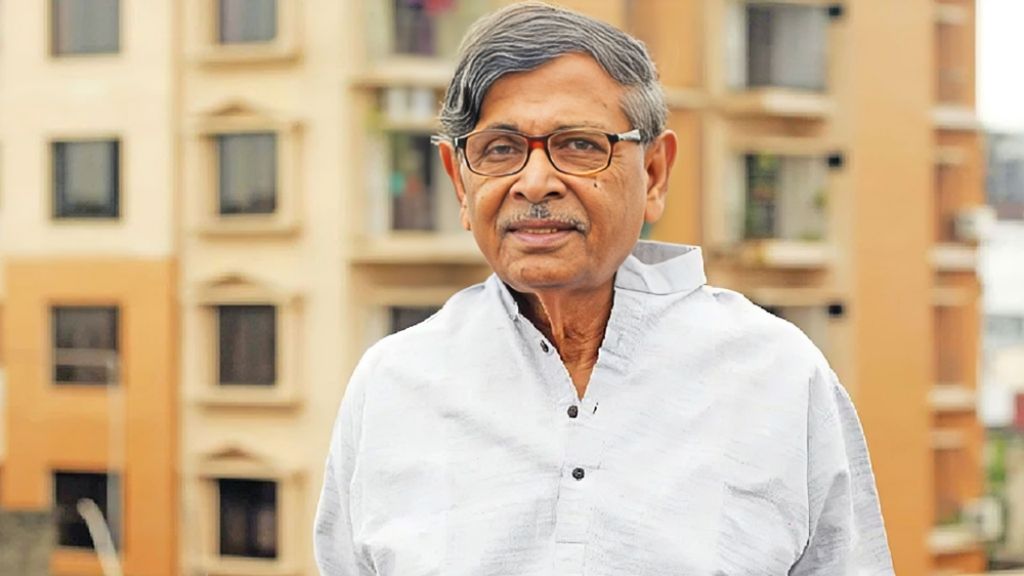
Presenter Abdon Noor Tushar at a Bishwo Shahitto Kendro event – advancing the journey of spreading the light of literature. | Photo: Collected.
The Center began implementing the “Boi Pora O Utkorsho” book reading program in schools and institutions nationwide in 1984. To be eligible to participate in the program, students had to take 16 books, read them through, and then return them. In an exam on the subject covered in that book, the book was given to the first, second, and third-place finishers.
The book reading program started to become more and more well-liked. Alor Ishkul, a mobile book fair, national library activities, and other initiatives were later taken by the institution. Then assistance began to arrive both domestically and overseas.
The organization’s then-member and presenter Abdun Noor Tushar stated, “There was money, but not enough people.” To administer the center, Sir used to bring money by borrowing, practically begging. However, I never witnessed him lose hope.
“From Mike to the prize book, the two of us would travel with his fragile two-door Publica car in the back when the reading started,” Tushar continues, referring to Abdullah Abu Sayed, the center’s founder. His hands would be on the steering wheel as he discussed his dreams.
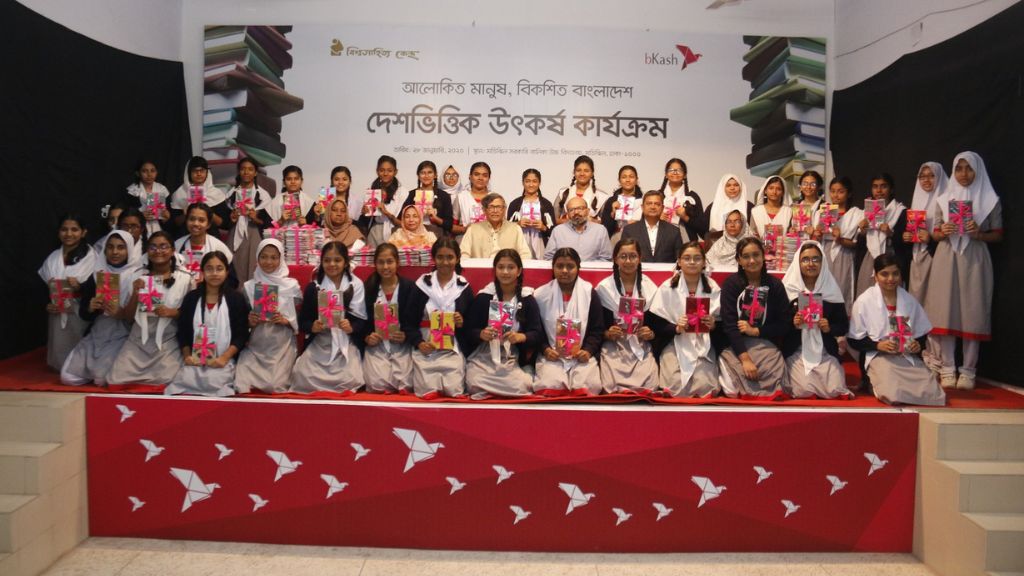
Empowering students through Bishwo Shahitto Kendro’s countrywide excellence program. | Photo: Collected.
Presently, Bishwo Shahitto Kendro operates central and mobile libraries in 2,100 schools and colleges, serving a regular readership of over 2 lakh 17,000 people. But today, 28 lakh civilians are living in the core. Additionally, they are interested in distributing books and delivering them to students in the nation’s largest cities, such as Dhaka, through mobile libraries.

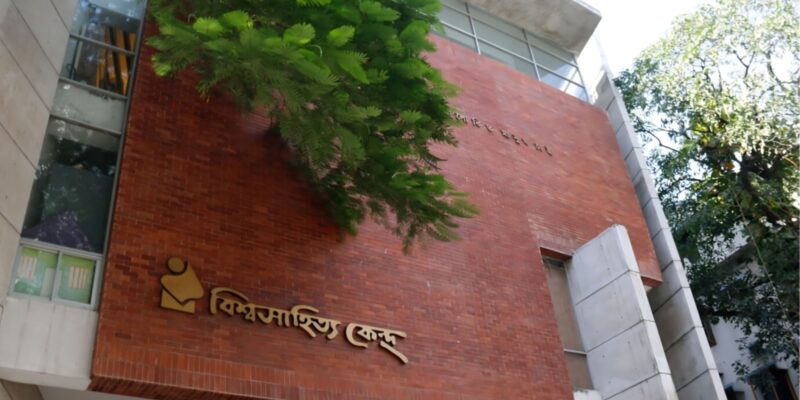






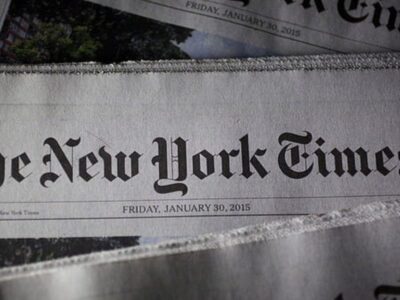
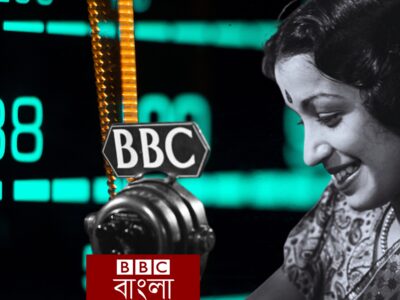
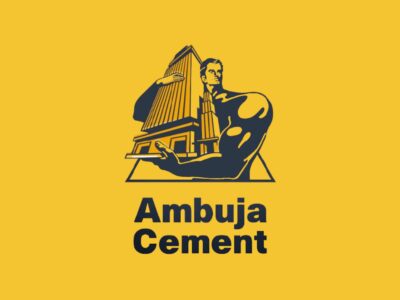


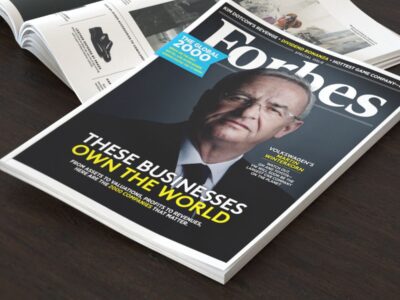

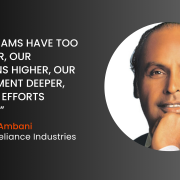
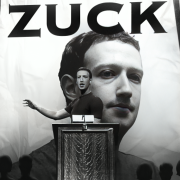




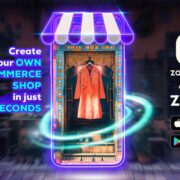
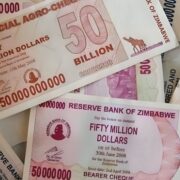


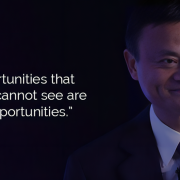



Comments